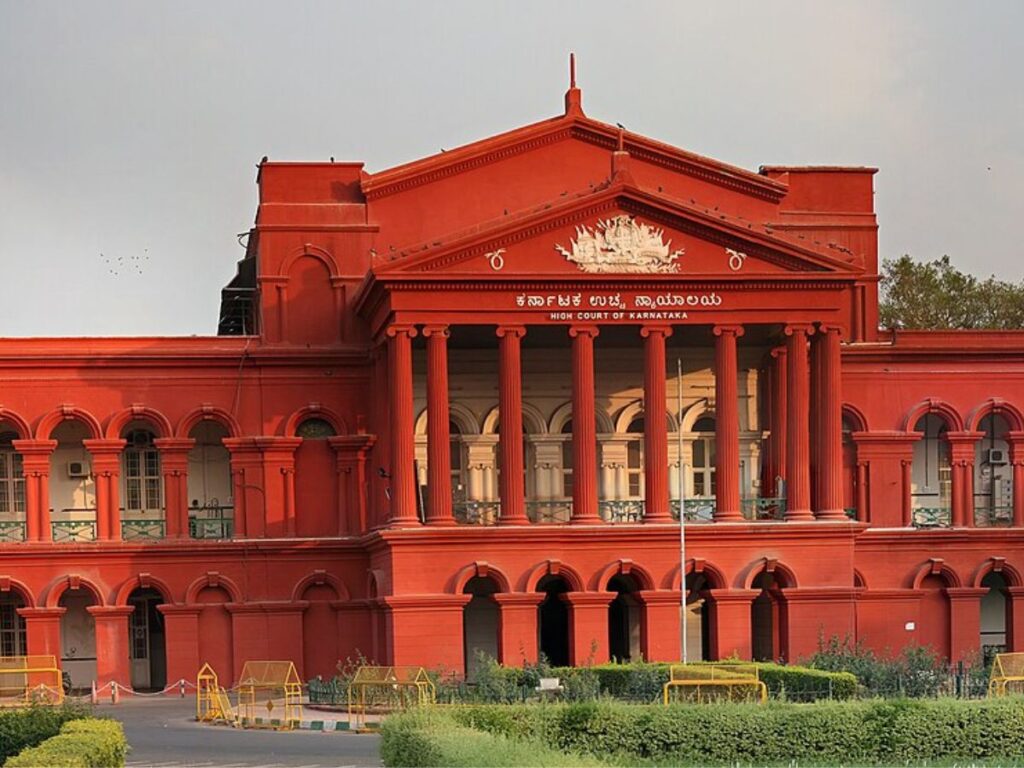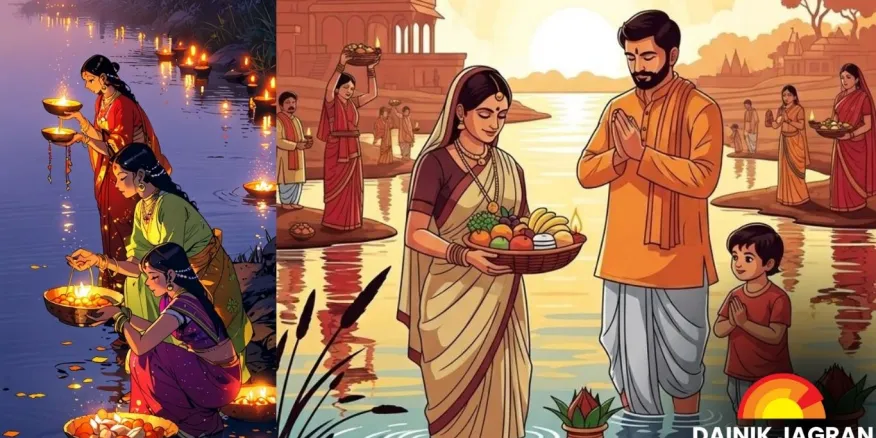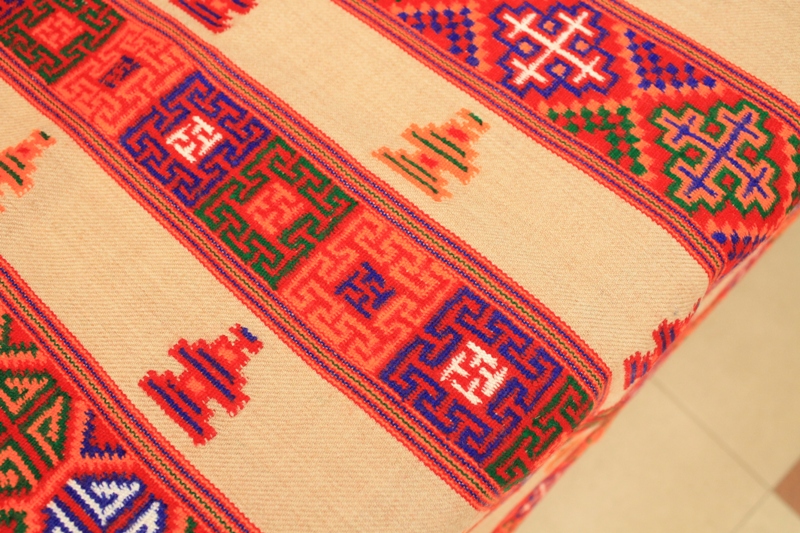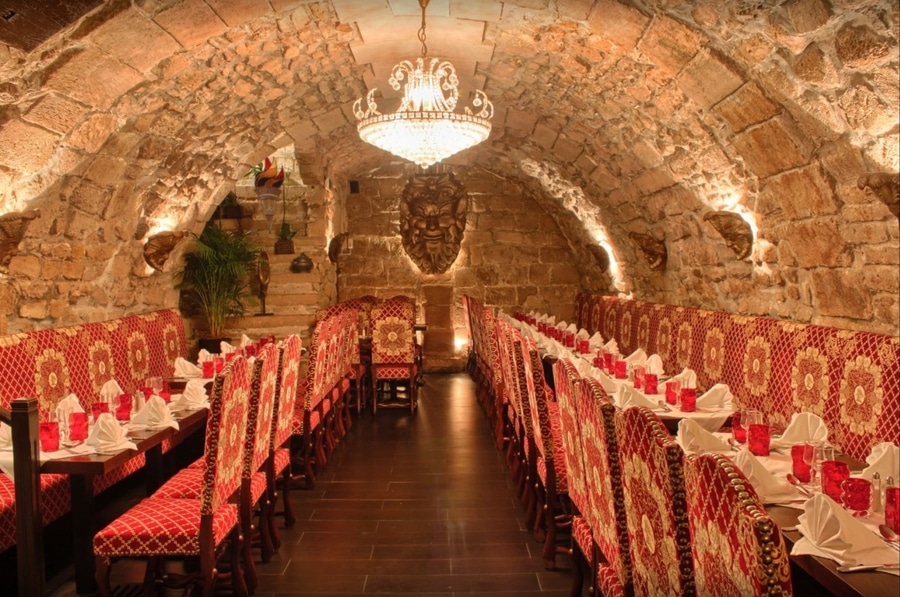Now Reading: Kerala’s Swimming Village: Where Water is a Way of Life
-
01
Kerala’s Swimming Village: Where Water is a Way of Life
Kerala’s Swimming Village: Where Water is a Way of Life
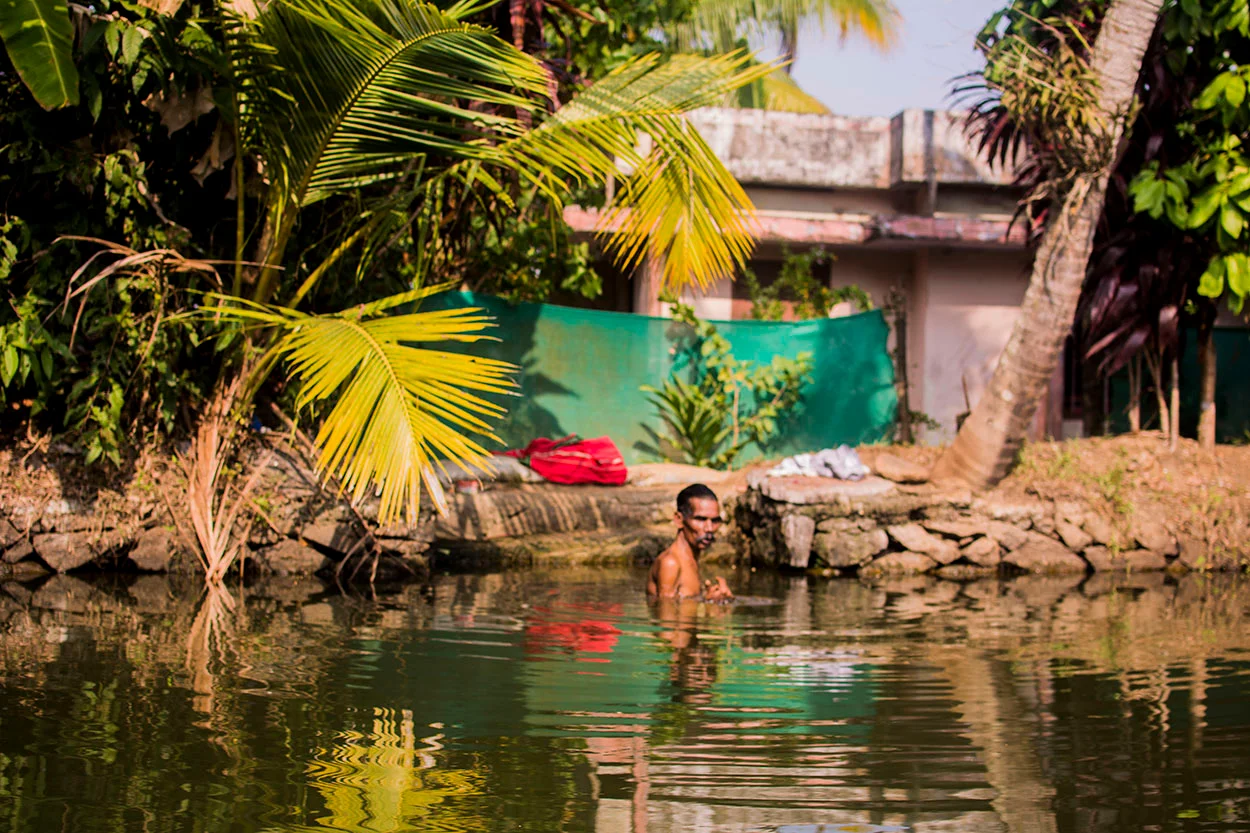
In a quiet corner of Kerala lies a village where swimming is as common as walking. Here, children take to the water before they can properly run, and elders glide through ponds and canals with effortless grace. This isn’t a tourist stunt—it’s a skill rooted in daily life, shaped by geography, tradition, and necessity.
The village is surrounded by backwaters, narrow canals, and paddy fields that often flood during monsoons. Boats and bamboo rafts are common, but swimming is considered the most reliable way to get around in emergencies. From a young age, children learn to navigate these waters, often without formal training—just observation and practice.
For fishing families, swimming is a livelihood skill. Nets are cast while standing waist-deep in the water, and retrieving them requires strong strokes and quick dives. Even farmers benefit, as flooded fields during heavy rains turn into temporary waterways, making swimming an essential survival tool.
Locals say the water has shaped their sense of community. Festivals often include water-based games, and gatherings by the riverbank are a social tradition. Swimming here isn’t about sport—it’s part of a shared cultural identity that ties generations together.
As urbanisation spreads and more people leave for work in cities, there’s concern that this deep connection to water may fade. Yet, for now, the village continues to raise children who can navigate currents with ease, carrying forward a skill that has kept their community safe and connected for centuries.




